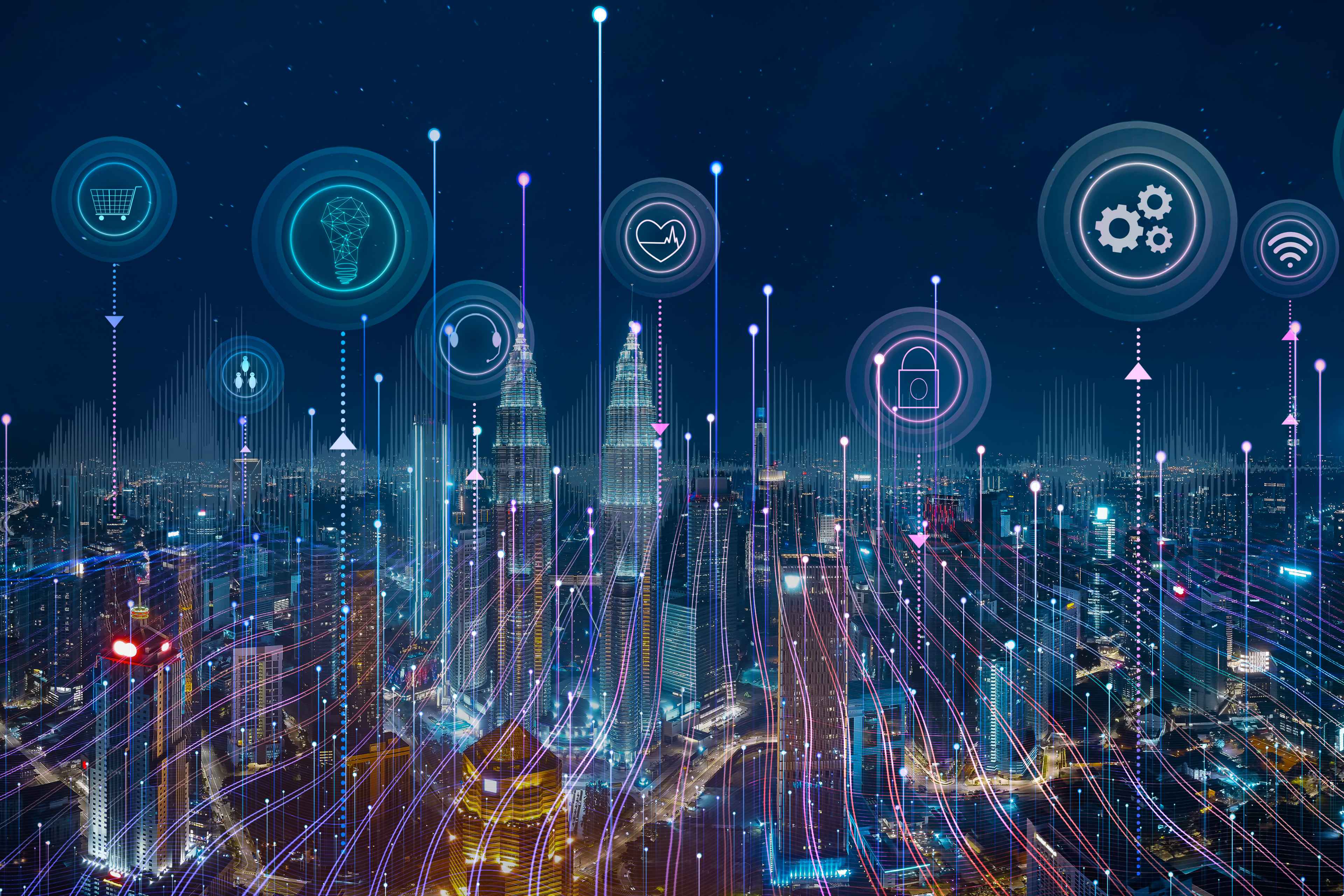EY refers to the global organization, and may refer to one or more, of the member firms of Ernst & Young Global Limited, each of which is a separate legal entity. Ernst & Young Global Limited, a UK company limited by guarantee, does not provide services to clients.
Tune in to the Tech in ESG series episode 01
Tech in ESG: how can AI make data centers more energy efficient?
Explore how AI can make data centers more energy-efficient with EY's Tech in ESG podcast. Drive sustainable innovation with AI. Listen now!
Various digital initiatives of Union and state governments and the exponential growth in adoption of cloud services (public as well as hybrid) across sectors post-pandemic are also adding to the growth. The higher demand will mean more demand for power, space, and skilled workforce. At the same time, data center operators must meet sustainability requirements and reduce greenhouse emissions.
Global real estate consultant JLL’s recent study states that the energy that data centers consume doubles every four years and the sector now accounts for up to 4% of greenhouse gas emissions globally. The study adds that this market’s growth will be directly influenced by environmental, social, and governance (ESG) requirements. Therefore, becoming more sustainable and socially responsible will be a top priority in the next two years.
Modern data centers are addressing these problems by deploying Artificial Intelligence (AI). Coupled with automation, IoT and machine learning, AI is helping many operators design and build lean and smart data centers. AI and robotics solutions not only help improve energy efficiency, reduce carbon emissions, provide predictive maintenance, and improve security, but also automate routine activities which reduces workforce requirements. AI can predict power outages, reduce maintenance costs, and achieve higher performance metrics. A Gartner report states that by 2025, half of cloud data centers will deploy advanced robots with AI and ML capabilities, resulting in 30% higher operating efficiency.
Automating process
Most of the operational processes in traditional enterprise data centers like server upgrades, scheduling, monitoring, maintenance, patching, updating, reporting, application delivery capacity planning, etc. are repetitive and error prone. Over the next five years, these tasks may automate using AI-powered robots that deliver accurate results.
Industrial robots can efficiently expedite tasks like disposing, decommissioning, and destruction of outdated servers and other infrastructure. Robots used for remote monitoring can collect data on sound and images to detect irregularities and security risks. Hyperscale data centers are now automating their systems with software-based management tools and ML. Benefits are aplenty. Automation not only frees up human interference but also provides valuable inputs on server nodes and configurations and boosts speed. So, it improves the overall efficiency and increases the ROI.
Greener and sustainable
Digital twins (real-time virtual representations) are now becoming key to data center efficiency improvement. They allow collection of data from all sources and help data centers to operate more sustainably, not only from a cost perspective but also from an environmental standpoint. From facility design to space utilization, digital twin technology reduces carbon footprint. As a data center becomes bigger and handles more data, the operations become more complex. Digital twins with AI and ML platforms analyze silos of data generated and track all the components within the facility to make real-time adjustments. This can also mean predicting behaviors, which in turn helps in predictive maintenance, cutting energy, time and costs.








